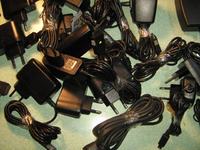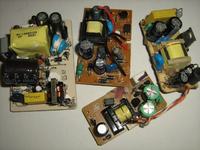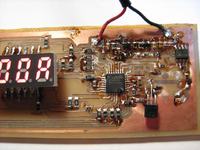DeepOne
Advanced Member level 2
- Joined
- Feb 26, 2011
- Messages
- 632
- Helped
- 99
- Reputation
- 200
- Reaction score
- 100
- Trophy points
- 28
- Location
- 45N39E, Russia
- Activity points
- 0
Based on project from http://radio.aliot.com.ua/?p=499 page.
Design stands out with improved accuracy of voltage measurement and automatic recognition of the type of 7-segment LED display (this function works only with 4- digits displays).
Function of protection from excess of the current is possible not to use if this is not required.


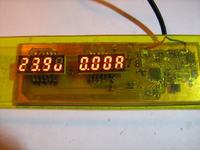
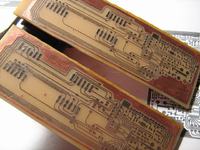
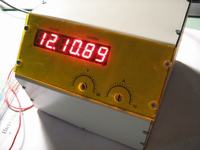
.hex is possible take from this place:
http://www.aliot.com.ua/files/avmeter2/avmeter2_eep.hex
Design stands out with improved accuracy of voltage measurement and automatic recognition of the type of 7-segment LED display (this function works only with 4- digits displays).
Function of protection from excess of the current is possible not to use if this is not required.





.hex is possible take from this place:
http://www.aliot.com.ua/files/avmeter2/avmeter2_eep.hex

